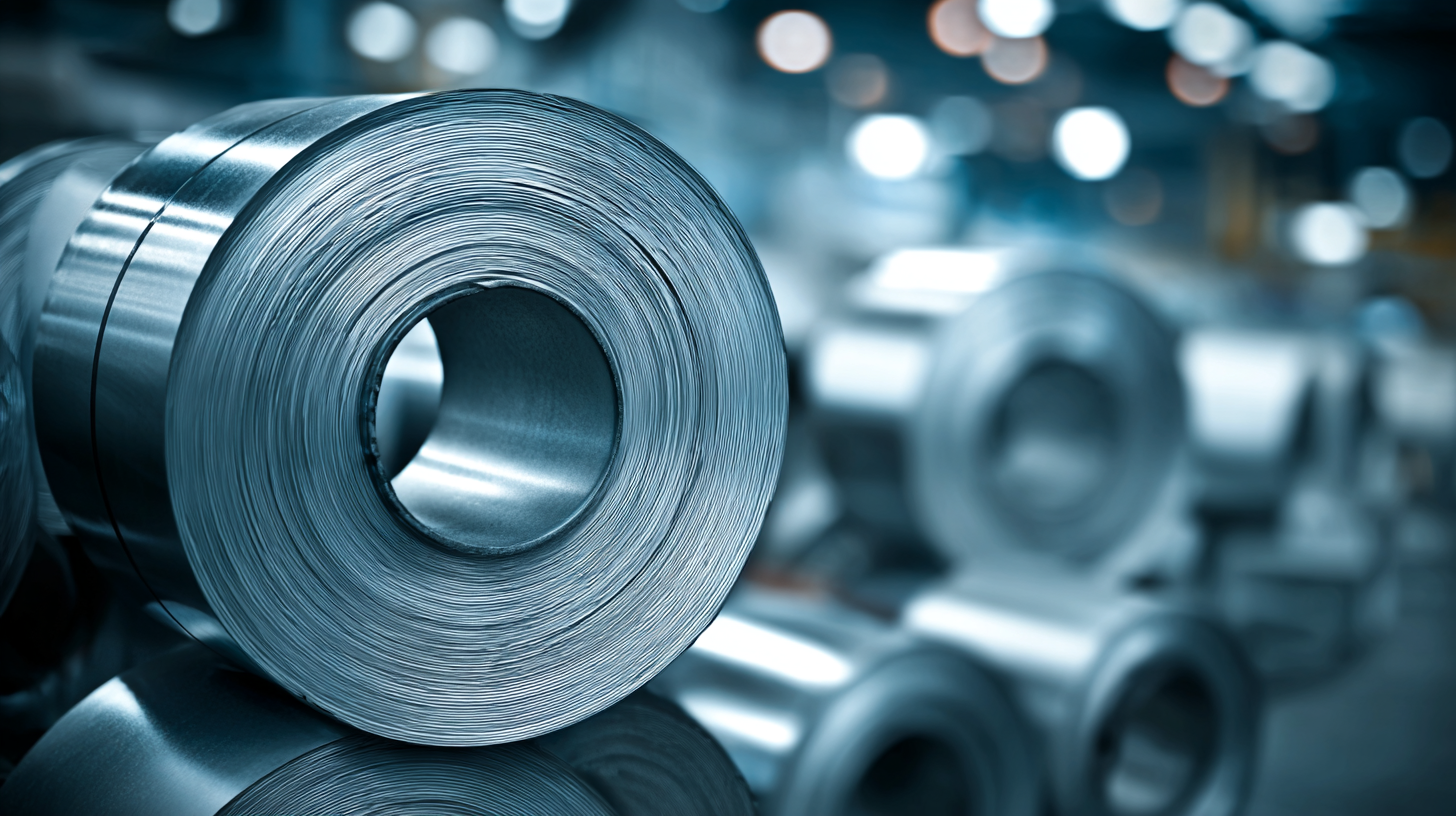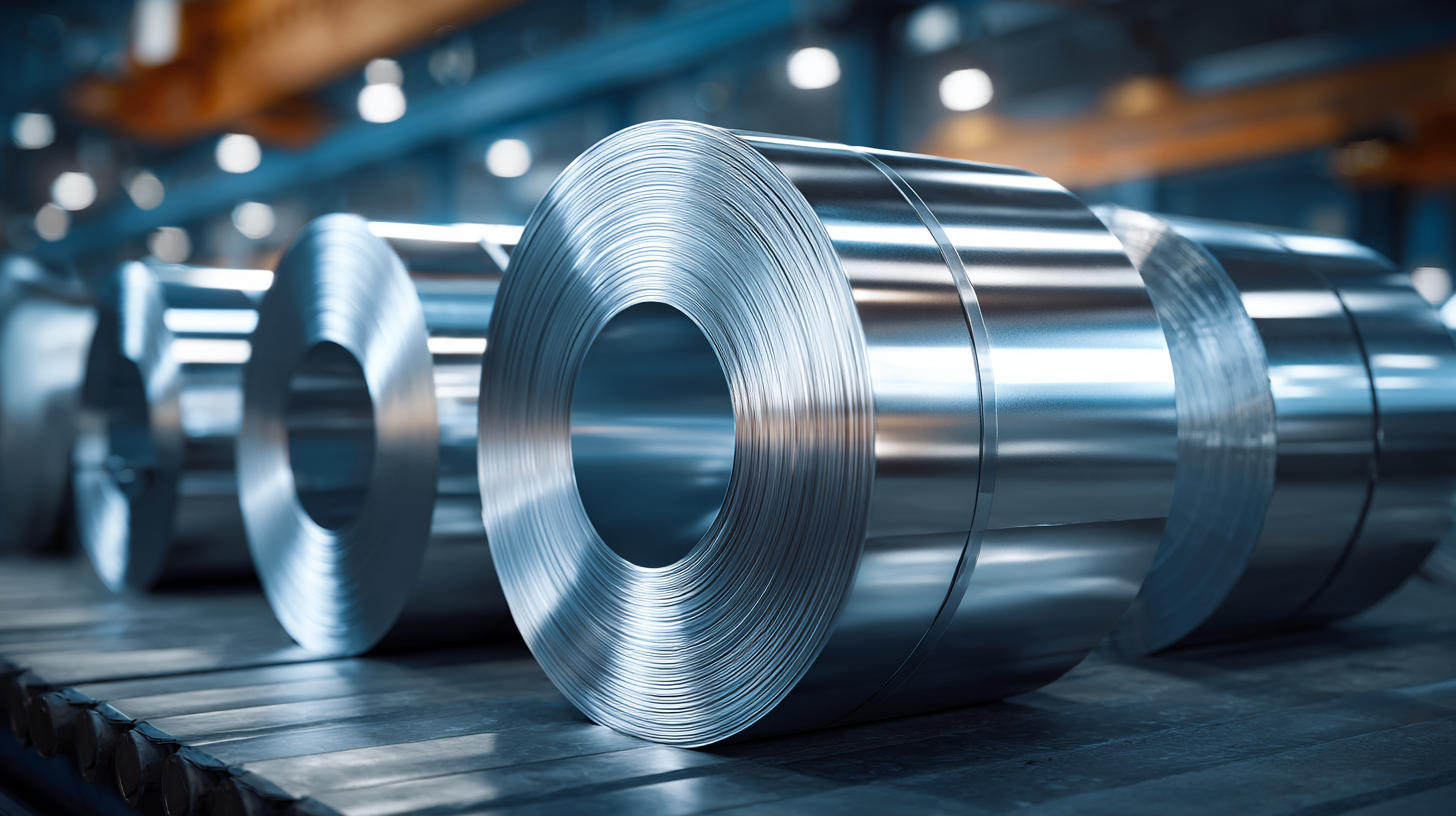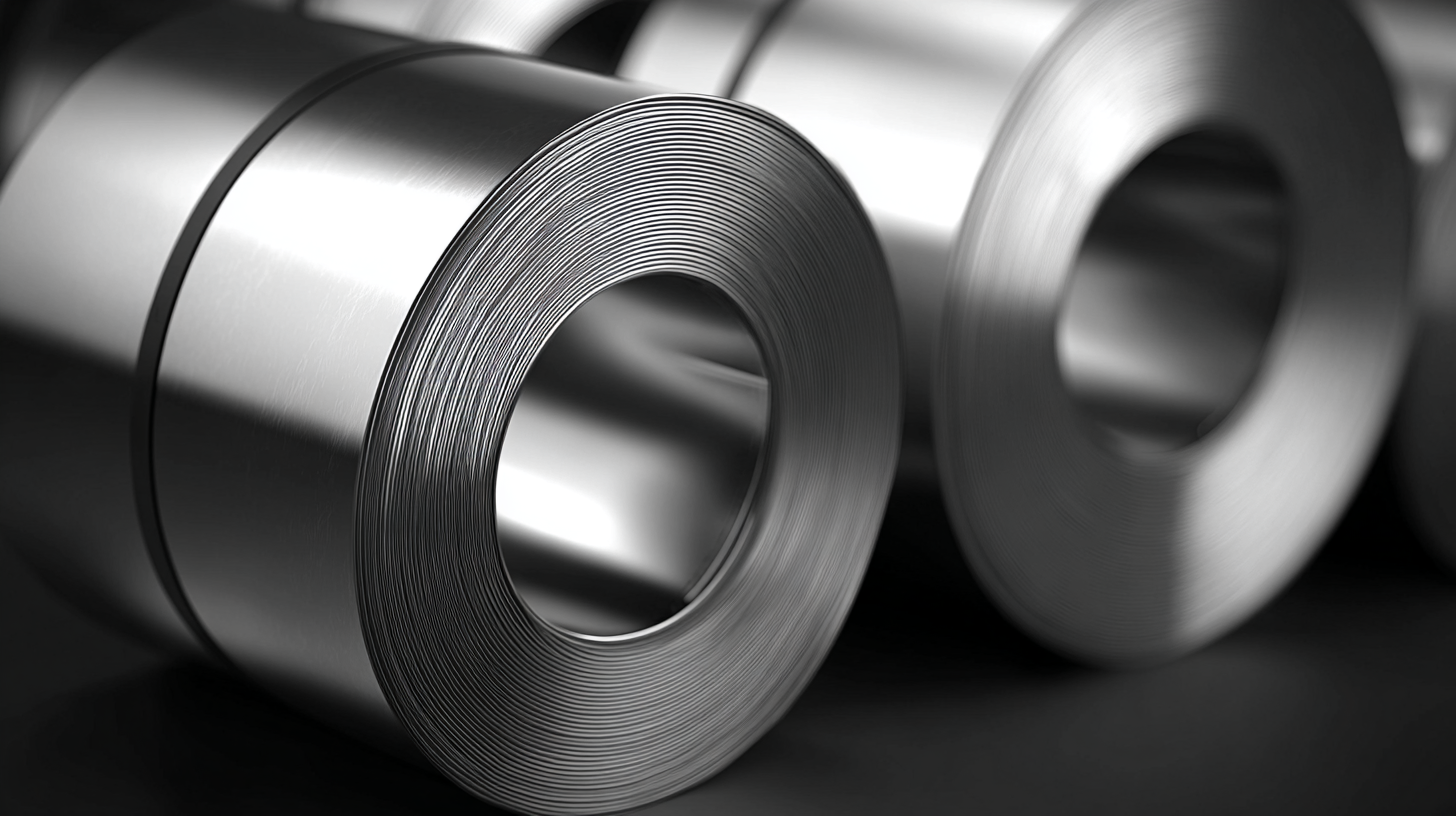In today's manufacturing landscape, the importance of Steel Coil applications cannot be overstated, as these versatile products play a pivotal role in various industries, from automotive to construction. According to a report by Smithers Pira, the global steel coil market is projected to grow at a CAGR of 4.5% from 2021 to 2026, driven by increasing demand for lightweight materials and robust structural solutions. Understanding the nuances of Steel Coil, including its types and benefits, is crucial for industry professionals looking to optimize their supply chains and enhance product performance.

Not only do Steel Coils provide advantages such as excellent strength-to-weight ratios and corrosion resistance, but they also offer cost-effective manufacturing solutions that can lead to significant savings. As we delve into the seven secrets to comprehending Steel Coil applications, we will unveil insights that can empower businesses to leverage these materials effectively in their operations.
Steel coils are a versatile component in various industries, thanks to their unique properties that cater to numerous applications. In the automotive sector, for example, steel coils are crucial for manufacturing different parts, such as frames and body panels, ensuring strength and durability while reducing overall vehicle weight. The precision and malleability of steel coils allow manufacturers to create complex components, improving efficiency and safety in vehicle production.

In the construction industry, steel coils play a significant role as well. They are often used in the fabrication of structural elements, roofing materials, and cladding. Their resistance to corrosion and extreme weather makes steel coils an ideal choice for long-lasting construction solutions. Additionally, the ability to customize the thickness and coating of steel coils means that they can be tailored to meet the specific needs of each construction project, thereby enhancing their application across a wide range of structures, from residential buildings to towering skyscrapers. The adaptability of steel coils ensures their continued relevance in a variety of industrial contexts, illustrating their essential role in modern manufacturing and construction.
Steel coils are integral to various manufacturing processes, offering numerous key benefits that enhance production efficiency and product quality. One of the primary advantages of using steel coils is their versatility. These coils can be easily transformed into a wide range of products, from automotive components to construction materials. Their uniformity in thickness and quality ensures consistency across the manufacturing process, reducing the likelihood of defects and increasing overall output.
Additionally, steel coils contribute to cost-effectiveness in manufacturing. By utilizing coils, manufacturers can minimize waste generated during production, as coils can be precisely cut to fit specific requirements. This not only leads to less scrap material but also streamlines logistics, allowing for easier transportation and storage. Moreover, the strength and durability of steel coils mean that they can withstand demanding applications, making them a reliable choice for industries that require robust materials for their end products.
When choosing the right type of steel coil for your project, the first step is to assess the specific requirements of your application. Different types of steel coils, such as hot-rolled, cold-rolled, and galvanized, cater to unique needs. Hot-rolled steel coils are often preferred for their malleability and strength in applications requiring heavy-duty materials, while cold-rolled coils offer a smooth finish and better dimensional precision, making them ideal for products where aesthetics are crucial.
Moreover, understanding the environmental conditions the steel will face is essential. For instance, if your project is likely to expose the steel to moisture or corrosive elements, galvanized coils, which are coated with a layer of zinc for added protection, would be a wise choice. Additionally, consider factors such as thickness, width, and coil weight, as these can affect both the handling and the structural integrity of your final product. By carefully analyzing these factors, you can ensure that the steel coil you select maximizes both efficiency and performance for your specific needs.
This bar chart illustrates the various applications of steel coils and their benefits across different industries. Understanding these applications can help in choosing the right type of steel coil for specific projects.
Steel coils are integral to modern construction and engineering, offering a versatile solution that caters to various applications. One of the innovative uses of steel coils is in the framework of buildings, where their strength-to-weight ratio enhances structural integrity while minimizing material costs. Engineers often leverage the flexibility of steel coils to create complex structures that require precise tolerances and robust support, making them essential in skyscrapers and bridges.
In addition to structural applications, steel coils play a significant role in the manufacturing of roofing materials and cladding systems, providing durability and aesthetic appeal. Their corrosion-resistant properties make them ideal for challenging environments, ensuring longevity and reducing maintenance costs. Furthermore, advancements in coating technologies allow for a wide range of finishes that contribute not only to functional performance but also to the visual aspects of buildings. As the industry continues to innovate, the applications of steel coils expand, paving the way for sustainable and efficient construction practices.
Efficient handling and storage of steel coils are crucial in optimizing both safety and productivity in industrial settings. According to the Steel Manufacturers Association, improper storage can lead to significant financial losses, with estimated damages ranging from $10,000 to $50,000 per incident due to material damage or injuries. Thus, it’s essential to implement best practices in managing steel coils.
One effective tip is to ensure that coils are stored on a level surface to prevent warping and damage. Utilizing proper loading equipment such as forklifts designed for coil handling can further minimize the risks associated with shifting or dropping materials. Additionally, creating a clear labeling system can assist in quick identification and retrieval, reducing handling time and potential accidents.
When it comes to storage, consider using coil racks, which not only save space but also allow for better air circulation and moisture control. This proactive approach can mitigate corrosion risks, enhancing the longevity and quality of the steel coils. By adhering to these handling and storage tips, businesses can maintain a more efficient, safe, and cost-effective operation in the steel industry.

